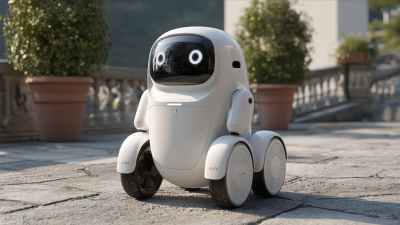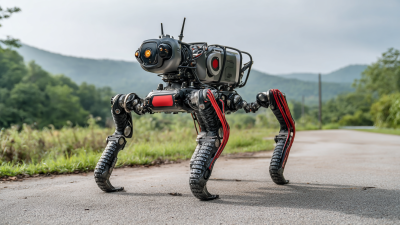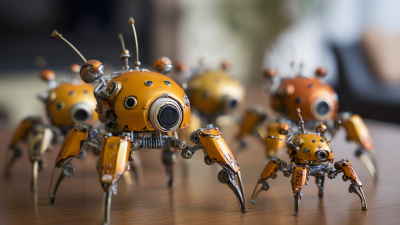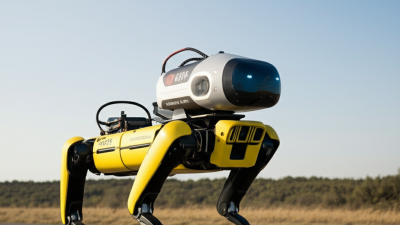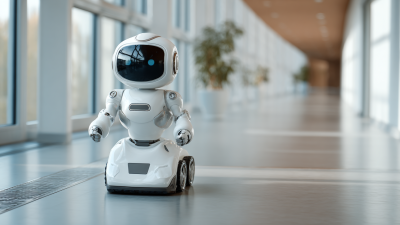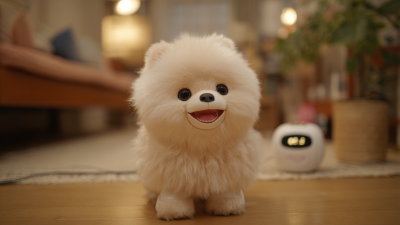In recent years, the emergence of 3D printing technology has revolutionized various industries, particularly in robotics. According to a report by the International Federation of Robotics, the global market for service robots is projected to grow at an annual rate of over 25% through 2025, highlighting the increasing demand for innovative solutions in a range of applications.
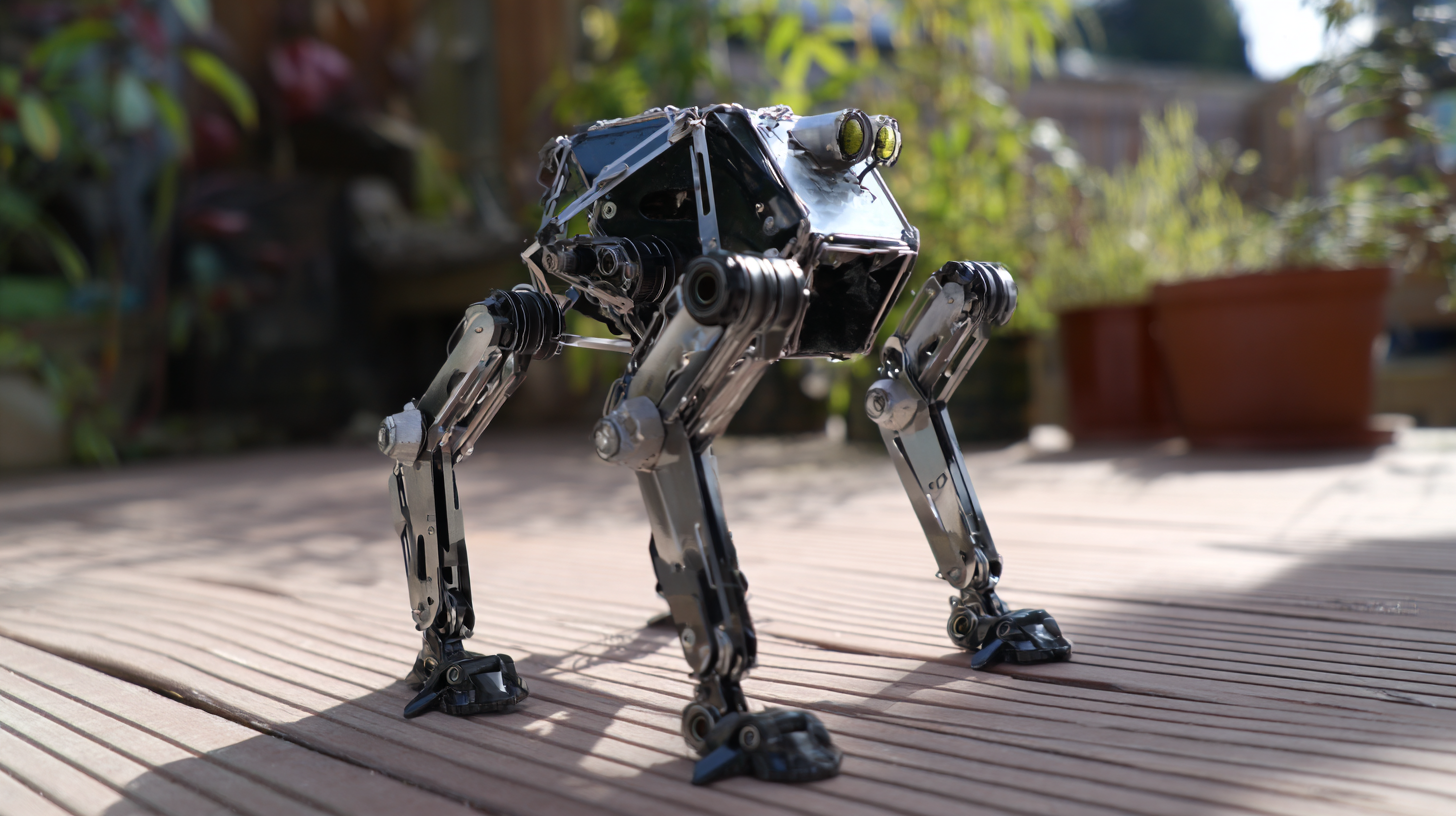
Among these advancements, the development of the 3D printed walking robot stands out as a prominent trend, combining intricate design flexibility with rapid prototyping capabilities. With such robots poised to enhance tasks from exploration to assistance, understanding the intricacies of their construction is essential for enthusiasts and professionals alike.
This blog will delve into the practical steps and insights gained from the latest robotics trends to guide you through building your own 3D printed walking robot, unlocking potential in both educational and commercial realms.
When designing a 3D printed walking robot, understanding the key components is crucial for achieving functionality and efficiency. The foundational elements include an effective actuator system, which can take the form of servo motors or stepper motors, providing the necessary torque and precision for movement. Additionally, lightweight materials such as PLA or ABS are favored in the 3D printing process, allowing for a sturdy yet agile structure. The design should also consider the robot's center of gravity, ensuring stability during dynamic movements.
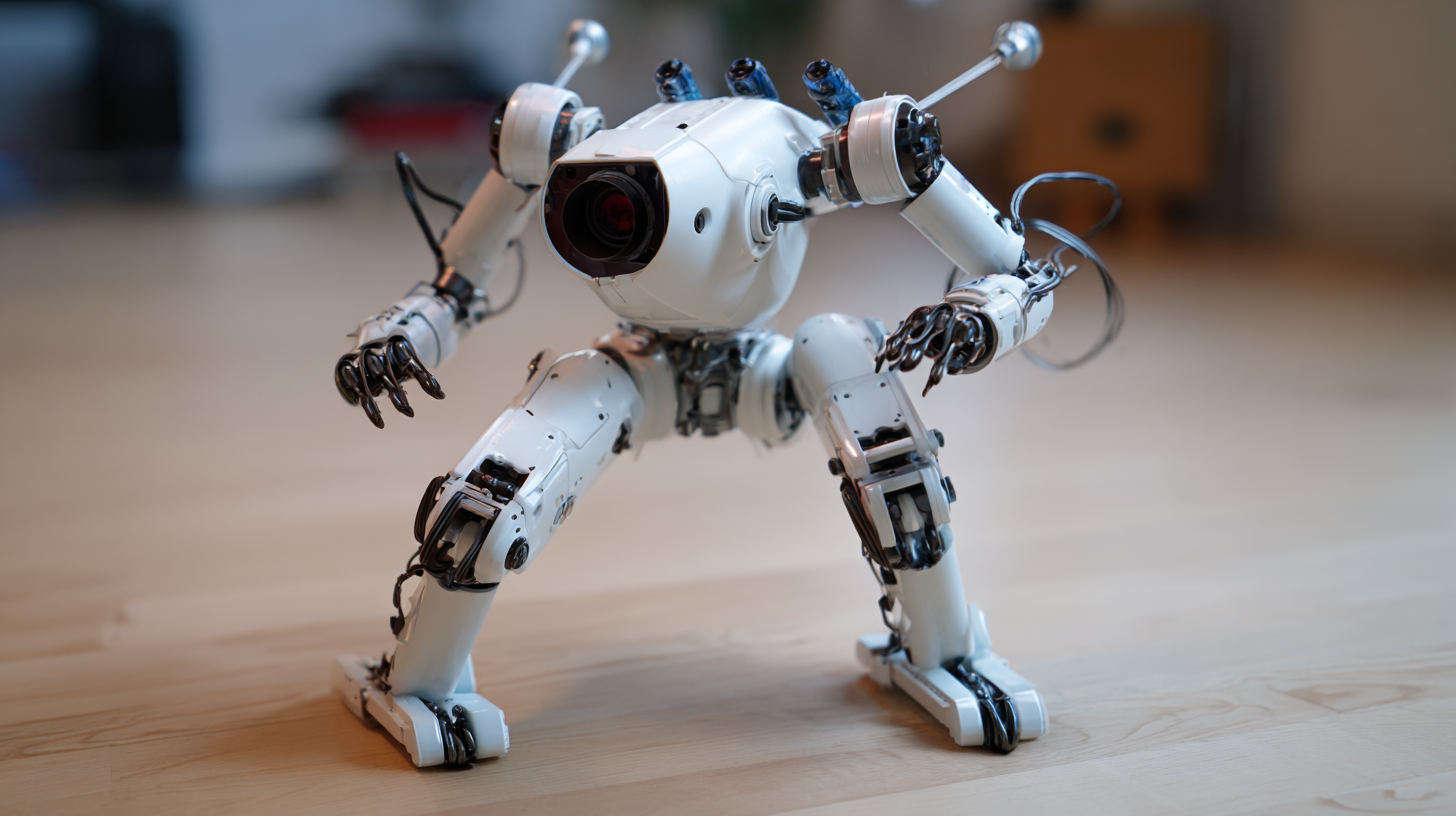
Furthermore, a well-structured control system is vital for coordination between the robot's sensors and actuators. Incorporating sensors such as gyroscopes and accelerometers enhances the robot's ability to adapt to its environment and maintain balance. Moreover, an open-source microcontroller, like Arduino or Raspberry Pi, can simplify the integration of hardware, enabling seamless communication between components. By focusing on these essential elements, creators can develop 3D printed walking robots that not only function efficiently but also pave the way for further advancements in robotics technology.
In the realm of robotics, the exploration of cutting-edge materials is vital for enhancing robot performance, particularly in humanoid robots. Recent trends highlighted at the 2025 World Artificial Intelligence Conference showcased over 150 humanoid robots, demonstrating remarkable advancements in their capabilities and functionalities. As these robots transition from laboratory settings to real-world applications, the integration of advanced materials plays a crucial role. The introduction of stretchy metals, akin to rubber bands, offers exciting possibilities for creating more agile and resilient robotic structures, enabling them to perform complex tasks with greater efficiency.
Moreover, the development of specialized sensors and materials significantly boosts the operational agility of these robots. For instance, the innovative strategies employed by research teams, such as those at leading institutes, demonstrate extraordinary advancements in locomotion, including the rapid climbing capabilities of quadruped robots. This evolution in materials science and engineering not only empowers robots to navigate challenging terrains but also enhances their adaptability in various industrial environments. As the robotics landscape continues to evolve, the synergy between material innovation and robotic designs will be key to unlocking the full potential of humanoid robots.
The integration of sensors and electronics is revolutionizing the design of 3D printed walking robots, enabling them to achieve advanced mobility and adaptability in various environments. According to a recent report by the International Federation of Robotics, the global market for robotics is projected to grow substantially, with mobile robots expected to represent a significant share, reaching a valuation of approximately $23 billion by 2025. This growth is fueled by advancements in sensing technologies, such as LIDAR, ultrasonic sensors, and cameras, which are crucial for obstacle detection and navigation.
Incorporating these technologies into 3D printed walking robots not only enhances their operational capabilities but also allows for more sophisticated control systems. A study published by IEEE Robotics and Automation Letters highlights that integrating IMU (Inertial Measurement Unit) sensors can improve the stability and responsiveness of these robots, facilitating smooth locomotion on uneven surfaces.
Furthermore, the use of lightweight materials in 3D printing minimizes energy consumption, allowing robots to operate longer and perform complex tasks, from search and rescue missions to automated delivery systems. As these tools and techniques continue to evolve, the potential applications for walking robots become increasingly diverse, showcasing the profound impact of sensors and electronics on robotic innovation.
Programming a walking robot presents unique challenges that require a deep understanding of software solutions and machine learning techniques. One of the most interesting areas of research involves the optimization of humanoid robot vision systems, especially for Taiwanese companies looking to innovate in robotics. By integrating advanced AI algorithms, these companies can develop systems that not only improve the robot's ability to perceive its environment but also enhance its decision-making capabilities. This convergence of AI and robotics opens up new avenues for creating more intelligent, autonomous machines.
Additionally, insights from recent studies highlighting the impact of limb segment length variations during reinforcement learning have emphasized how different configurations can influence movement algorithms. By experimenting with various limb lengths, engineers can fine-tune the locomotion of quadruped robots, leading to more effective training regimes. As AI continues to fully integrate into these systems, the boundary of what is possible expands, paving the way for robots that can adapt and learn in real-time, fundamentally altering industries reliant on automation.
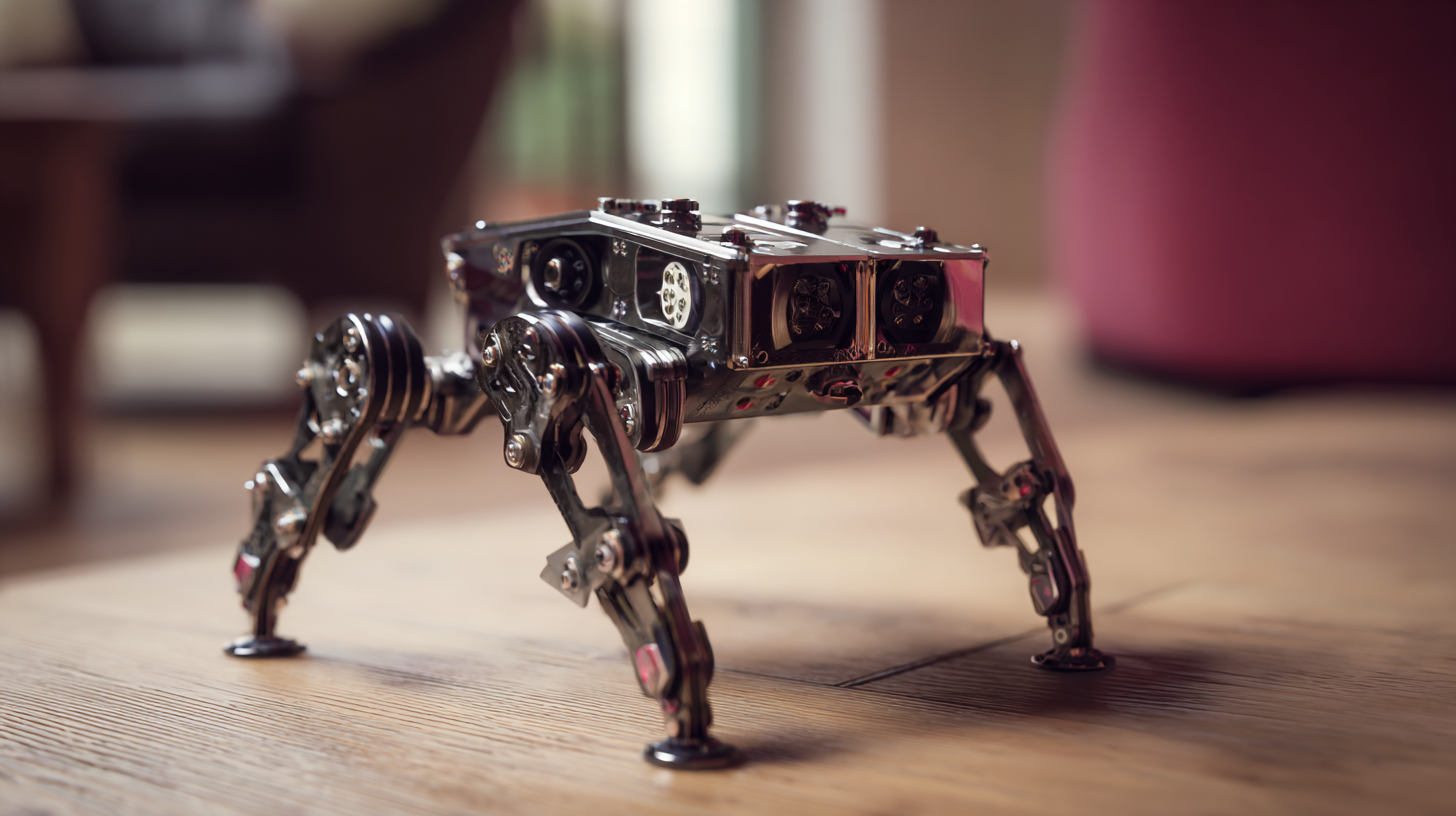
When developing a 3D printed walking robot, testing and iteration are crucial steps in the optimization process. According to a recent industry report, over 60% of robotic engineers emphasize the necessity of iterative testing to refine their designs, to ensure functional efficiency and adaptability. The principles of systematic iteration resonate strongly in robotics, paralleling the techniques used in other fields such as software development and artificial intelligence.
By leveraging insights from LLM prompt engineering, engineers can apply similar optimizations to their robotic prototypes. Iterative testing enables them to systematically identify and address weaknesses in mobility and structure. Data indicates that robots optimized through rigorous testing protocols demonstrate a 30% improvement in locomotion stability and overall performance. Additionally, utilizing tools and methodologies inspired by the optimization practices in prompt engineering can lead to faster development cycles and reduced costs, demonstrating the significant interconnectivity of these innovative fields.
Incorporating feedback loops throughout the testing phases not only aids in refining the robot's design but also helps in understanding the complex dynamics involved in bipedal motion. As the robotics industry continues to evolve, embracing these best practices will set the foundation for pioneering advancements in robotic capabilities.
